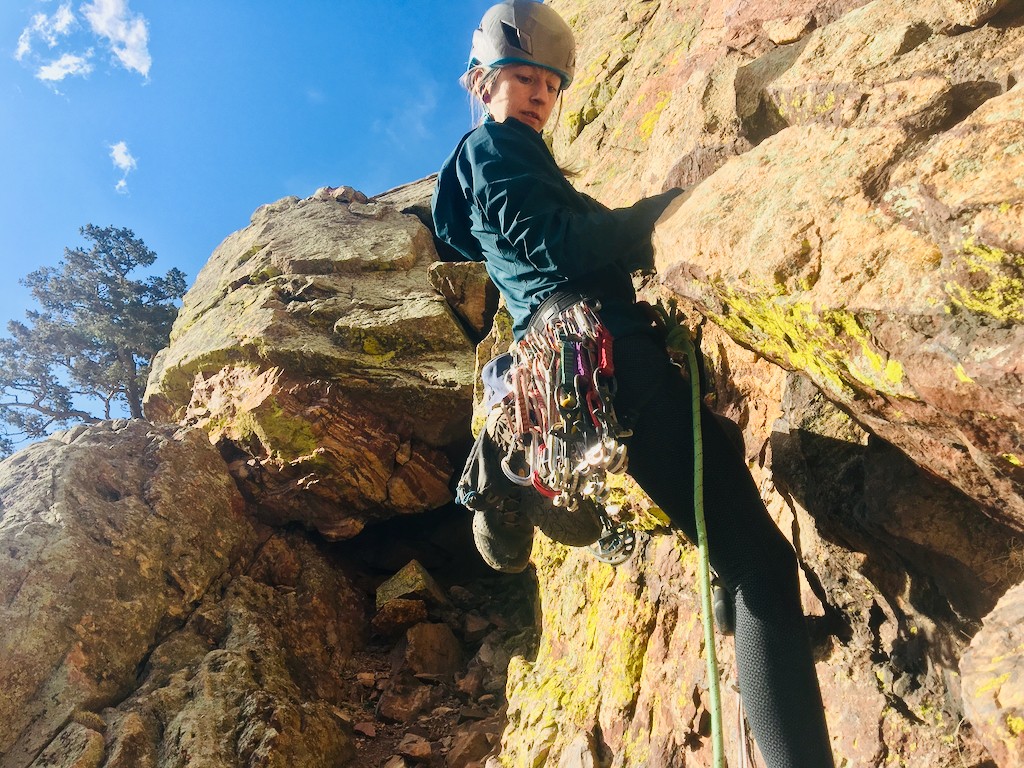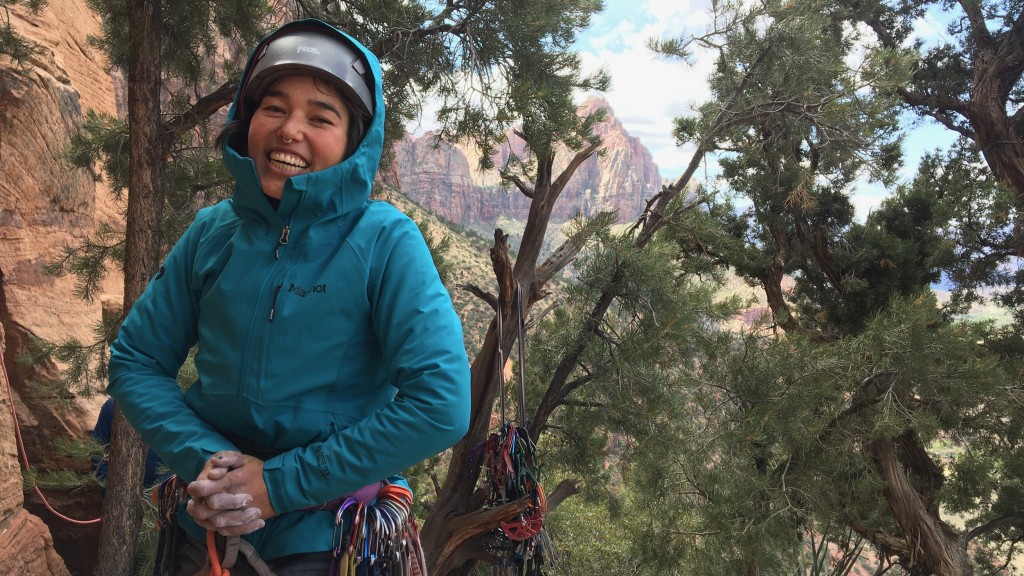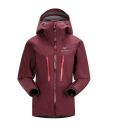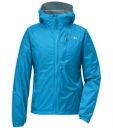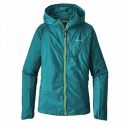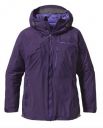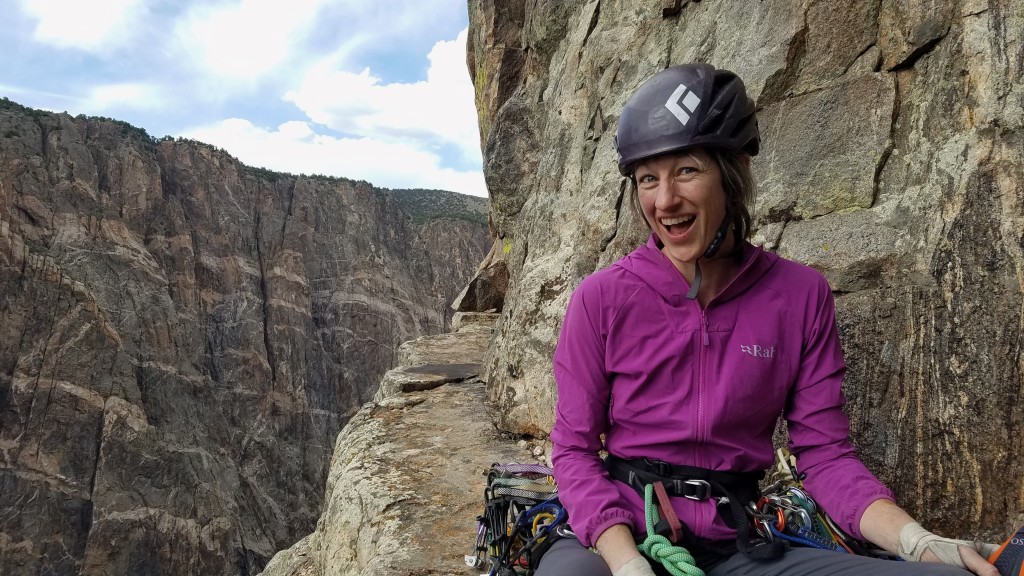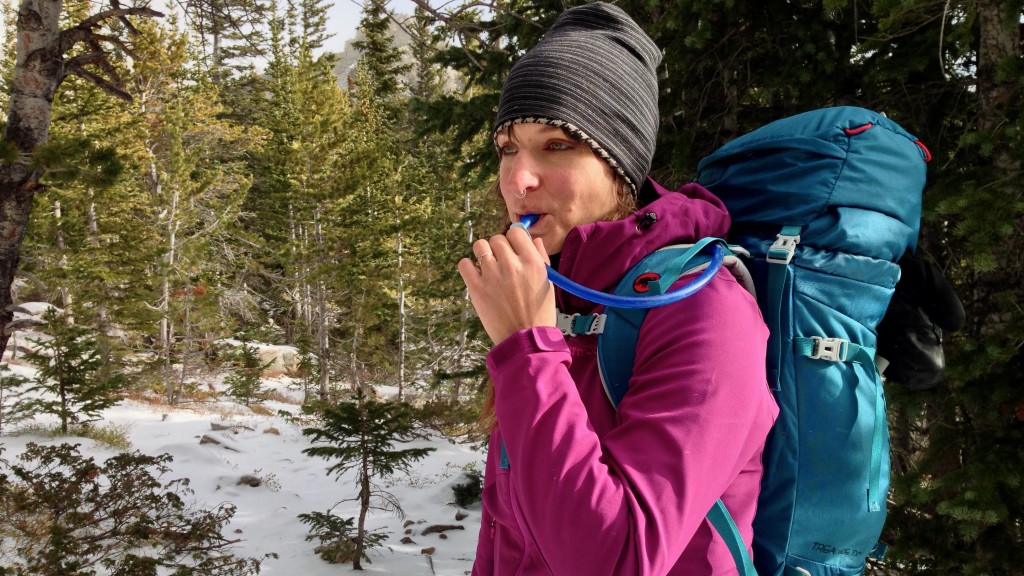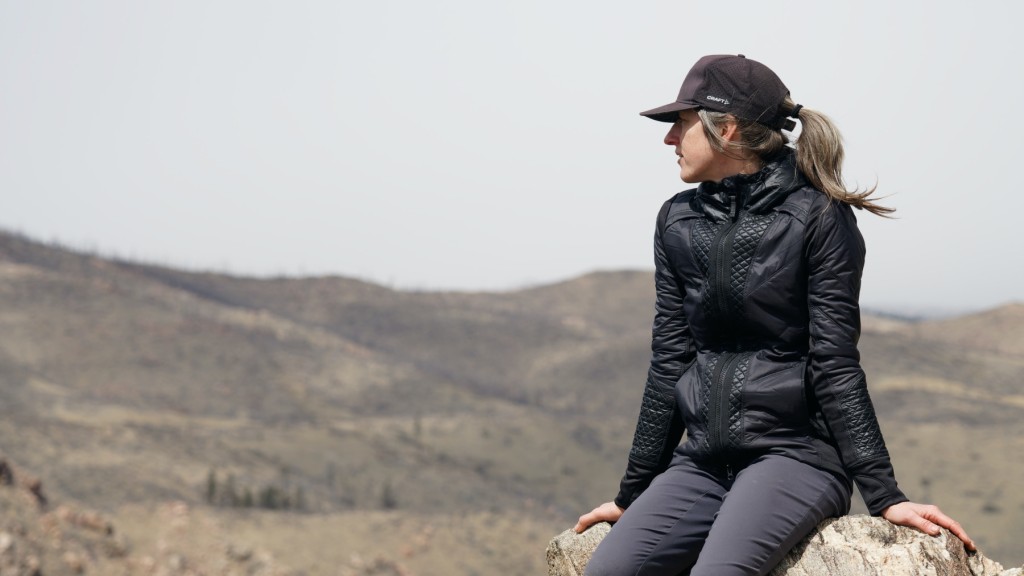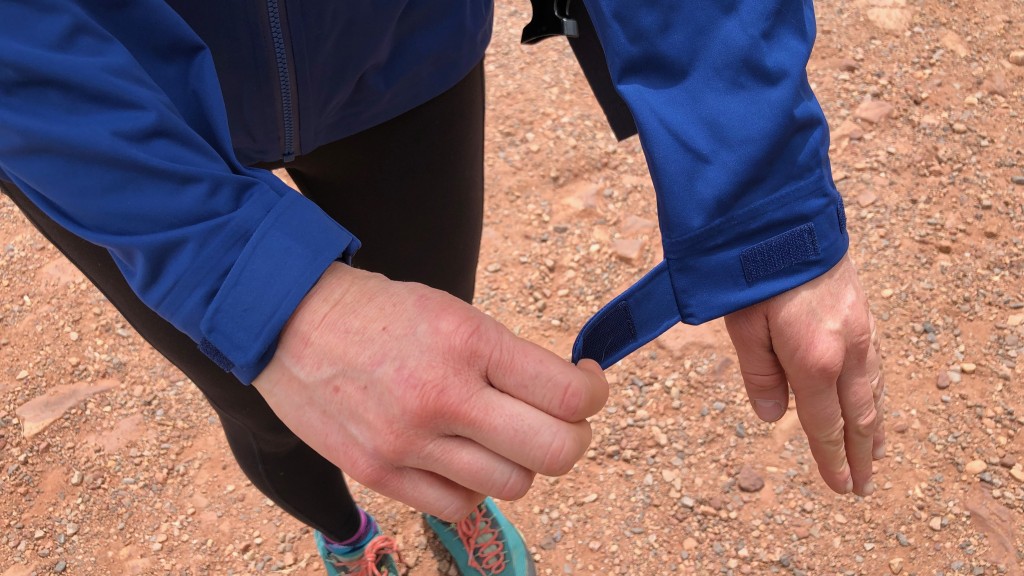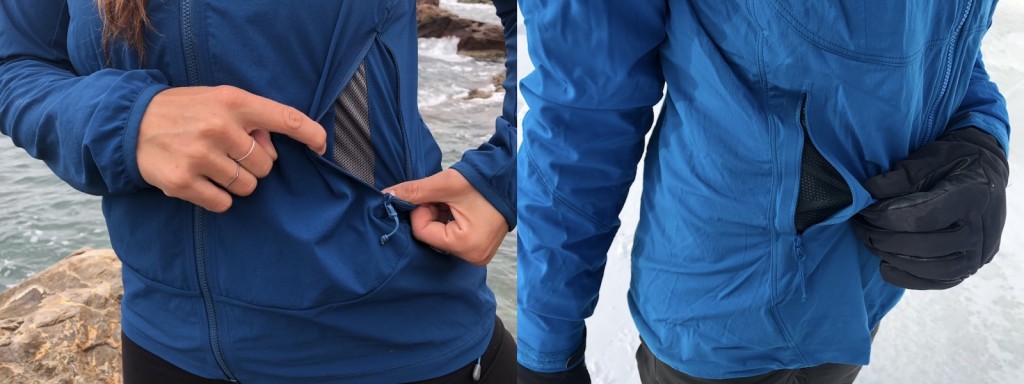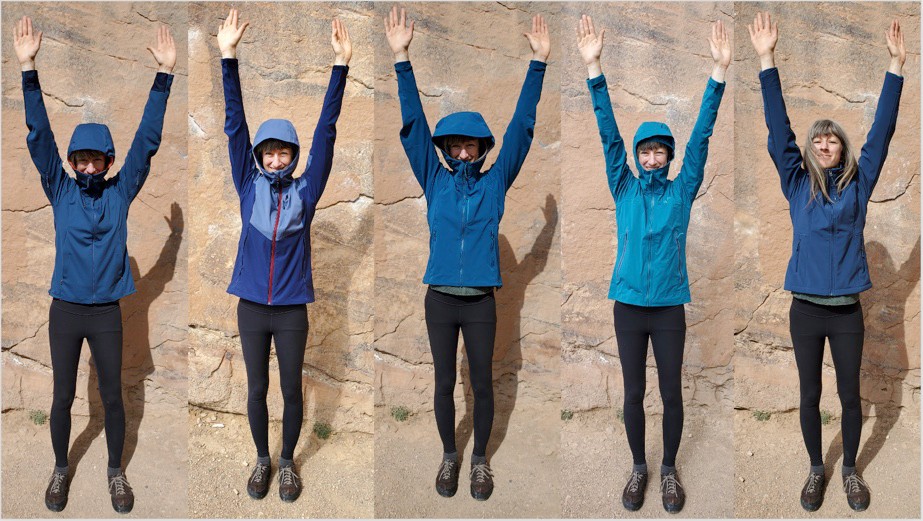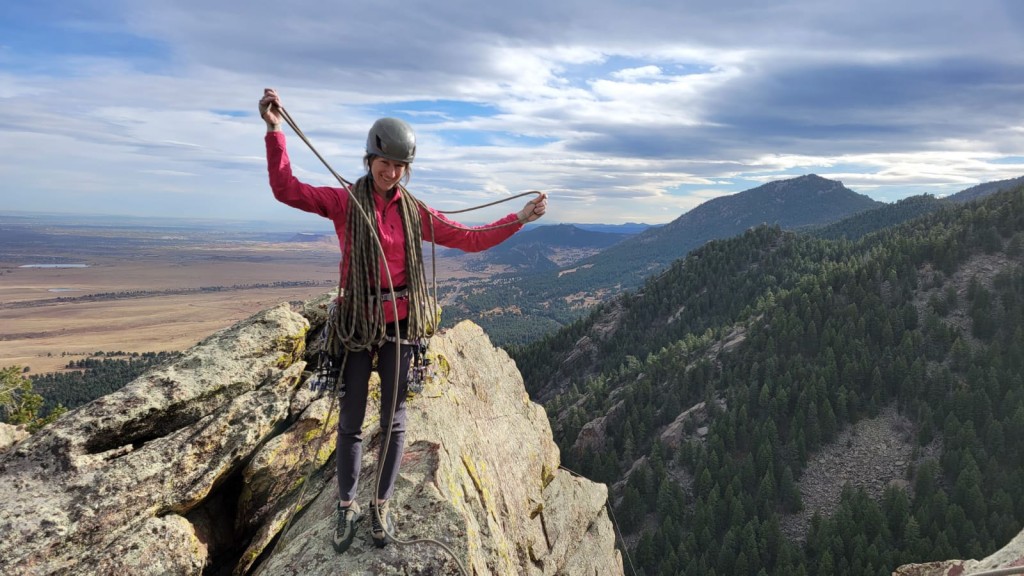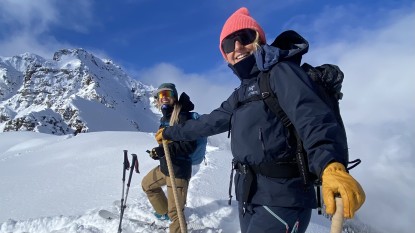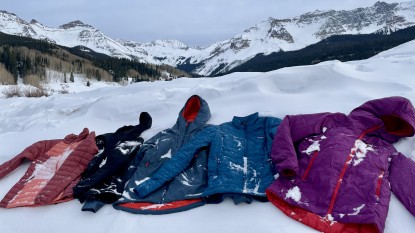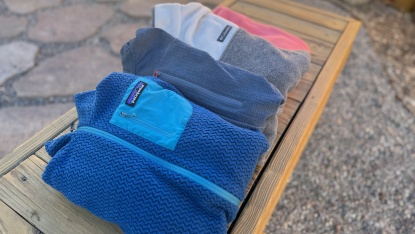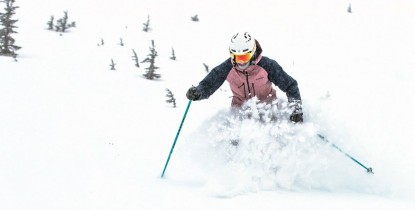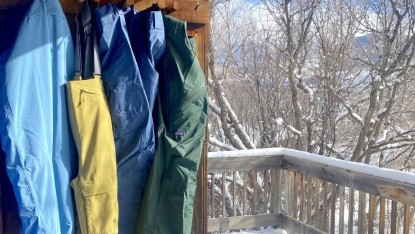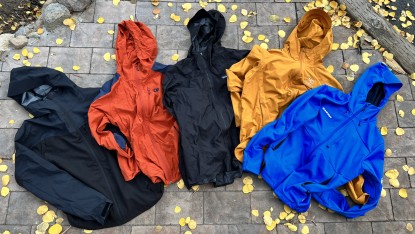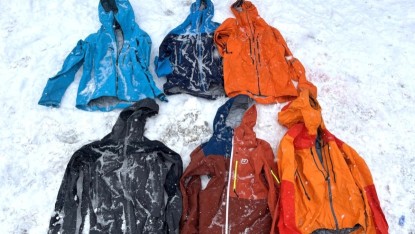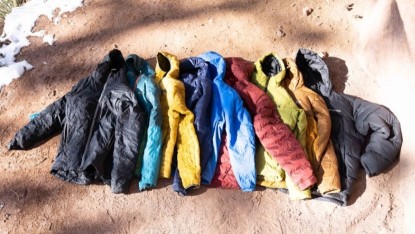If you found yourself looking at this website, you might be asking yourself, "do I really need that softshell jacket I've been eyeing?" Alternatively, you might be wondering how to pick the right softshell for your needs. If this is you, then read on for some advice on selecting the top women's softshell jacket for your lifestyle and adventure needs.
Softshells are among the most versatile jackets on the market because of their ability to strike a balance between weather protection, breathability, and mobility without sacrificing comfort. The best softshells resist wind and water without becoming swampy like a hard shell or rain jacket. Ideally, they should also be stretchy, soft, and supple.
Sounds amazing, right? Well, they certainly can be, depending on what type of outdoor activities take up your time. Softshells can be excellent layers to have in your kit, but they may not be a necessary addition to your closet. If you are new to outdoor adventuring, you might want a hardshell and an insulating layer before considering a softshell. That said, softshells are an unbeatable option for mountain athletes who need a jacket that provides some weather protection while allowing you to move unhindered by a stiff or non-breathable jacket. If your idea of a good time includes getting sweaty in the backcountry, where temps and weather vacillate, then a softshell is probably a great adventure accessory for you.
If you're still unsure, or you want to learn more about layering in general, we recommend referencing our How to Layer Clothing to Keep Warm article to help you decide when to wear a softshell, as well as what other jackets or fleeces to layer with them. First and foremost, you will want to determine if you need a softshell, a hardshell, or both. If you are primarily concerned about staying dry in a downpour, then you should get your hands on a top-ranked hardshell jacket or one of the the best women's rain jackets. If you value breathability and a little warmth over everything else, then you'll want a great women's fleece jacket. And if you want a layer that gives you a little bit of both, then a softshell will be the choice for you.
Types of Shell Layers
There are an incredible number of protective layers available on the market. This can make it difficult to determine which type will best suit your needs. Here we outline some of the most common shell layers and their ideal uses to guide your decision.
Hardshell
Rain Jacket
Softshell
Windbreaker Jacket
Running Jacket
Ski Jacket
Hybrids
When to Wear a Softshell Jacket
Hardshell vs. Softshell
The primary difference between these two layers is that hardshells are waterproof while softshells are typically only water resistant. In the outdoor industry, waterproof means the material has a protective membrane that is impermeable to water even during a continuous downpour. Waterproof jackets have taped seams and either waterproof zippers or a storm flap underneath the zipper to protect the zipper from water seepage. By contrast, water resistant means that the garment will repel a drizzle for a short period but will eventually absorb water and wet out. The seams and zippers may or may not be taped, and often the water resistance is due to a Durable Water Repellent (DWR) fabric treatment that will break down with use. Never fear, you can buy a water resistance spray for your worn-out softshells to reinvigorate their water protection. To synthesize, a high-end hardshell can function as a rain jacket while providing some breathability, while a softshell (that is not waterproof) cannot. Bottom line, hardshells are more expensive but also more protective than softshells.
The trade-off for the lack of a waterproof designation is that softshells breathe far better than hardshells. High-end hardshells allow some moisture to transfer through the material, but softshells do this better and more comfortably. Rather than leaving you feeling swampy inside a rubbery jacket, softshells help regulate your temperature with thinner, more porous materials.
Another big difference between hard- and softshells is tactile. Softshells tend to be much more comfortable than hardshells; they are stretchier, more flexible, less stiff and noisy, and not as suffocating. As the name implies, softshells are often soft and silky to the touch. Some are even fleece-lined to be even cozier and provide extra warmth. They feel incredible and are much more enticing to wear. While softshells do not provide the same degree of water protection as hardshells, they are more pleasurable to wear — especially while climbing, ski-touring, running, or hiking. Besides, a hardshell may be unnecessary, depending on how and where you plan to use your jacket.
Softshell vs. Fleece
Some of you might be asking, if storm protection is not my top priority and if breathability is the main reason to wear a softshell, then why not just wear a fleece jacket? A fleece will be less expensive and far more breathable than a softshell. In most cases, it will also be more insulating, offering a thin layer of warmth. However, except for a few windproof fleeces, they aren't designed to provide weather protection. Softshells allow for breathability while repelling a moderate amount of wind and water at the same time. For activities such as ice climbing or ski-touring, where you work up a sweat and need something breathable, you may also want some wind or water resistance for protection from snow or running ice. Both of which would soak right through a fleece. This is where a softshell shines.
Best Uses for a Softshell Jacket
Even though many companies claim to make waterproof and breathable jackets, it is almost always a trade-off between the two. The more waterproof a jacket is — especially when it is really wet — the less the fabric is able to release your sweat through the "pores" in the fabric. Enter the softshell. It sacrifices some waterproofing in exchange for premium breathability. Ultimately, you will want to use a softshell for most mountain activities where the chance of aerobic activity is high and the chance of getting completely soaked is low. They're great in dry snow for backcountry skiing, ice/mixed climbing, or mountaineering because you're unlikely to get too wet from precipitation, and getting sweaty on the approach results in the chills any time you stop. If you expect unpredictable and wet weather, then get a hardshell, but for the rest of us mountain adventurers, softshells are the way to go.
Softshells are our favorite layer for all manner of mountain activities, including backcountry and cross-country skiing, ice/mixed climbing, rock climbing (especially alpine and multi-pitch), mountaineering, fall and winter hiking, camping, and snowshoeing. They can also be fantastic for urban cycling and general commuting during the spring, fall, and even winter. A flattering, affordable, and comfortable softshell can also be the perfect jacket to wear for all your less extreme day-to-day outdoor activities such as walking the dog, gardening, shoveling the driveway, and running errands.
Types of Softshell Jackets
It's important to remember that the more layers you wear under or over your softshell, the less breathable it becomes — so plan wisely when choosing the right softshell for you. This is why we've broken down softshells into four sub-categories, including technical, active, casual, and hybrid jackets, so you can more readily determine which jacket is ideal for your needs.
Technical
Technical softshells are best for technical pursuits like ice/mixed climbing, winter mountaineering, and backcountry skiing. These jackets aim to provide superior protection from the wind, moisture, and cold temps. They are often lined for extra warmth and are only able to offer ventilation through mesh-lined pockets or pit zips. Some are windproof, others have taped seams like a hardshell. Most technical softshells are pretty dang water-resistant (and some are almost waterproof). These softshells are often heavier and less breathable than active softshells. Instead, they aim to strike a balance between weather protection and mobility while still being breathable enough for cold-weather aerobic pursuits. This category includes jackets like the Arc'teryx Gamma MX.
Active
Active softshells are much lighter-weight than technical softshells. These jackets are meant as wind layers with minimal water-resistance and they offer superior breathability for fair-weather aerobic endeavors. Active softshells are ideal for warm weather rock climbing, alpine climbing, trail-running, peak-bagging, and summer mountaineering. This category includes models as diverse as the Rab Borealis, Black Diamond Alpine Start Hoody, or Outdoor Research Ferrosi Hoody. This jacket style is not intended to provide lots of warmth or weather protection. However, they're still a great layer for keeping you comfy in the wind or shade. The Arc'teryx Gamma LT proves the only noteworthy exception to this rule, as it just about splits the difference between a technical and an active softshell by having a thin lining while being very breathable. Thus it is warm enough for warmer winter activities but breathable enough for summer alpine rock climbing.
Casual
By contrast, casual softshells are best for providing warmth in urban environments or while car camping. These jackets don't offer the premium mobility or breathability of active or technical softshells, but they make up for it by being warmer or more water resistant. As such, they are not really made for more technical activities like rock/ice climbing, mountaineering, or backcountry skiing. Jackets like The North Face Apex Bionic or the Athleta Rock Ridge fit this bill quite well. The Apex Bionic is surprisingly water-resistant while being somewhat stiff, and the Rock Ridge is incredibly warm and wind-resistant.
Hybrid
Hybrid softshells have become all the rage. These jackets aim to be do-it-all shells that combine two types of materials with different properties, resulting in a piece that has qualities usually found in different jacket categories. Examples of this are jackets that use both hardshell and softshell materials or jackets that combine lightweight insulation with a windproof material. With strategically-placed fabrics, the resulting jacket can function well in very specialized applications, but they generally don't perform either function to perfection. For instance, a jacket that uses hardshell and softshell materials won't be as storm-proof as a hardshell, but will also be less breathable than a typical softshell. This category includes the almost waterproof Rab Kinetic 2.0, which is less breathable than other softshells and slightly less waterproof than a traditional hardshell. The soft fleece-insulted Arc'teryx Proton FL Hoody is a hybrid that combines the warmth of a light puffy with some of the added protection of a softshell.
Other Considerations
Features
Most jackets on the market come with a standard set of features like hand pockets, an adjustable hem, and a hood. There are, however, a few features that don't come standard issue. Think about your favorite activities and whether or not you want a helmet-compatible hood, adjustable sleeve cuffs, gusseted underarms, and various extra pockets.
We always prefer hoods on jackets that provide weather protection, though many are available in non-hooded versions. Some hoods are roomy enough to accommodate going over a helmet, and some are streamlined and designed to fit underneath. If you are a runner or a nordic skier, having a smaller hood may be preferable, but for ice and rock climbing or other types of skiing, having a large hood that can fit over a helmet (or a trim hood that can fit under one) is mandatory.
Many activities that demand a softshell also require wearing gloves, so it's important to think about cuffs and whether or not you want them to be adjustable. Adjustable cuffs make it easy to pull the sleeves over a pair of gloves and secure them with velcro to keep snow, wind, and wetness away from the wrists — keeping you warmer and dryer. But stretchy, non-adjustable cuffs are easy to fit underneath gauntlets and, depending on their construction can be easier to push up to your forearms and have them stay in place.
As a general rule of thumb, we think that if a softshell has pit zips (which most of them do not), it is not worth purchasing. A softshell is supposed to be breathable by nature, and that breathability should come from the material. Some hardshells or insulated ski jackets need the ventilation provided by pit zips to be comfortable, but a softshell shouldn't require this feature. The more important thing to look for is whether or not the pockets are mesh-lined — if they are, this is a great way to ventilate and heat dump when you're working hard and verging on overheating.
Other features worth considering include strategic gussets to improve movement and fit, a drop tail hem to ensure your backside stays covered while climbing or moving around, key clips or internal pockets for valuables, and a pocket that doubles as a stuff sack for stashing your jacket on your harness while climbing.
Fit
Lastly, we'll cover fit so you can see how several of the jackets in our review measured up in terms of hood fit, torso, and sleeve length. Recently, the gear industry has begun to finally expand the sizes offered for their products. Some of the softshells in our review include a size range from XXS-XXL. Offering a wider array of sizes seems like the least companies can do to make sure that the outdoors are accessible to everyone.
No matter how active a softshell might be, the fit of the body and hood can vary wildly.
Finding the correct fit in your jacket is vitally important for your overall experience while wearing it. It should be form-fitting but not too snug. You will want to make sure that you can wear a few layers underneath — at the very least a base layer and a fleece — ideally even a thin insulated jacket. You don't want it to be too loose because extra space lets in the cold. It's also smart to check that it does not ride up when you lift your arms and that the jacket stays in place during all kinds of movement.

